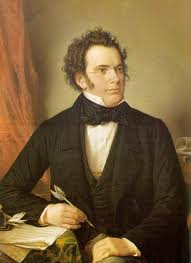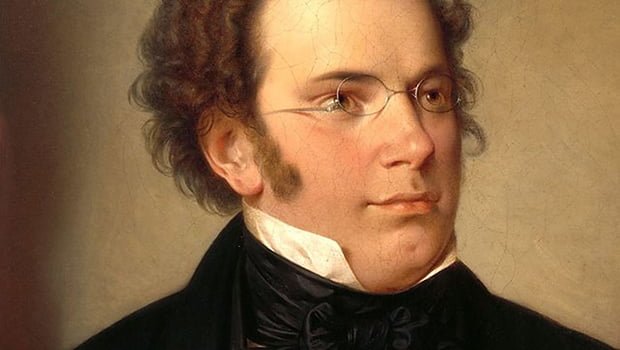The History of Schubert’s String Quintet in C Major, D. 956
Franz Schubert’s String Quintet in C major, D. 956, stands as one of the crowning achievements of chamber music and a poignant testament to the composer’s genius. Composed in the final months of his life in 1828, this quintet was not published or performed publicly until decades after his death, yet today it is widely regarded as one of the most profound and sublime works in the entire chamber repertoire.
A Late Masterpiece
Schubert completed the String Quintet in C major in September 1828, just two months before his untimely death at the age of 31. At the time, he was already suffering from serious illness, likely the result of advanced syphilis, but his creative powers remained undiminished. In fact, the last year of Schubert’s life saw an extraordinary outpouring of masterworks, including the Great C Major Symphony, the final three piano sonatas, and this monumental quintet.
Unlike many string quintets of the time, which typically featured an additional viola, Schubert scored his quintet for two violins, one viola, and two cellos. This decision gave the work a rich, resonant, and often deeply emotional sonority. The inclusion of a second cello allowed for a greater depth of texture and a profound exploration of the lower register—one of the work’s most distinctive qualities.
Structure and Expression
The quintet is structured in four movements:
- Allegro ma non troppo – A grand and expansive opening movement, blending lyrical beauty with dramatic power.
- Adagio – Often cited as one of the most sublime slow movements in all of classical music, it contrasts serenity and inner turmoil with breathtaking intimacy.
- Scherzo: Presto – Trio: Andante sostenuto – A vigorous and rhythmically charged dance, followed by a hauntingly mysterious trio section.
- Allegretto – A spirited and folk-like finale, filled with contrast and emotional ambiguity.
Each movement contributes to the overall emotional journey of the quintet, which explores joy, sorrow, contemplation, and transcendence. The second movement in particular—the Adagio—has achieved legendary status for its spiritual depth and lyrical beauty.
Posthumous Recognition
Despite its brilliance, Schubert’s String Quintet was not performed publicly during his lifetime. It remained unpublished until 1853, when Johannes Brahms helped bring attention to Schubert’s late chamber works. The first known performance took place in 1850, more than two decades after the composer’s death. Since then, it has grown in stature to become one of the most revered compositions in classical music.
Legacy
The String Quintet in C major is often considered Schubert’s chamber music masterpiece and one of the finest examples of Romantic-era expression. It combines Classical form with Romantic intensity, bridging the stylistic gap between Beethoven and later composers like Brahms and Dvořák.
Its emotional range, innovative instrumentation, and transcendent beauty continue to captivate performers and audiences alike. Today, it is a staple of the string chamber music repertoire and frequently performed and recorded by leading ensembles around the world.
Conclusion
Schubert’s String Quintet in C major is more than just a piece of music; it is a deeply human expression of longing, hope, and acceptance. Created during the final chapter of his brief life, it encapsulates the profound emotional and artistic maturity Schubert had achieved. Though he did not live to witness its acclaim, the quintet endures as a powerful testament to his enduring legacy as one of music’s greatest poetic voices.


Comments are closed